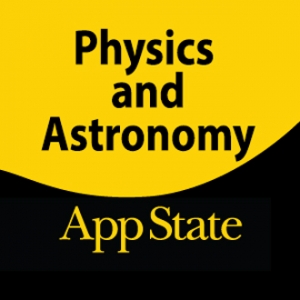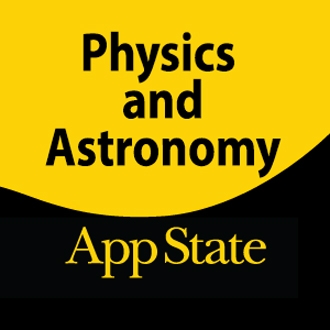Dr. Gerardo Vazquez from Salisbury University will be giving a talk entitled "The James Webb Telescope: Characteristics, Instruments, Main Missions and Dusty Galaxies" in the Department of Physics and Astronomy
Friday, Jan. 24, 2020
Garwood Hall, Room 107
Refreshments will be served at 3:30 pm
Talk starts at 4 pm.
This talk is free and open to the public.
One of the most successful missions from NASA has been the Hubble Space Telescope (HST). Since Hubble’s launch in 1990, its scientific achievements and longevity have exceeded expectations with the telescope having made over 1.3 million observations and is still in operation after the last servicing mission in 2009. The successor of HST, the James Webb Space Telescope (JWST) was to be launched in 2007 and is now expected to be deployed in early 2021.
In this talk, the main characteristics of the JWST are reviewed and compared to the HST. The main missions of the JWST will be explained, emphasizing why this telescope, with its 6.5-meter beryllium mirror, has been designed to observe mainly in the infrared region of the electromagnetic spectrum. We will also give a broad overview of the instruments on board the JWSPhyT and how they are responsible for the success of the mission. One of the main instruments, the Near Infrared Camera (NIRCAM), will be explained in detail to help understand how it will detect light from the earliest stars and galaxies in the process of formation. The JWST will also aide our ongoing research project on active galaxies. This project will utilize observations of Dusty Star Forming Galaxies (DSFG) by the JWST to characterize DSFG star formation at the early ages of the universe. This work will also inform our understanding of galaxy evolution, including the dynamical process of merging and galaxy collisions that occurred early in the universe.

